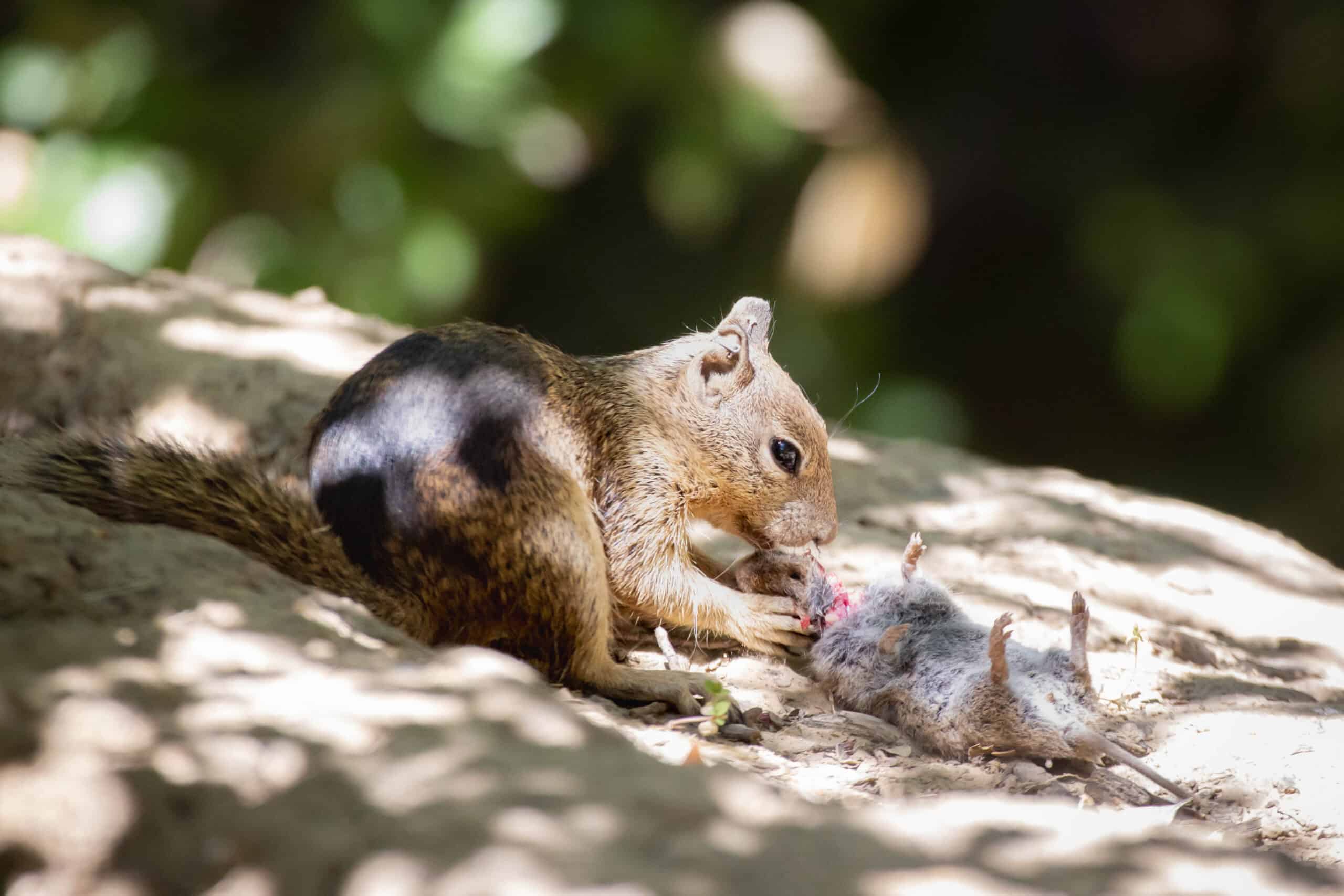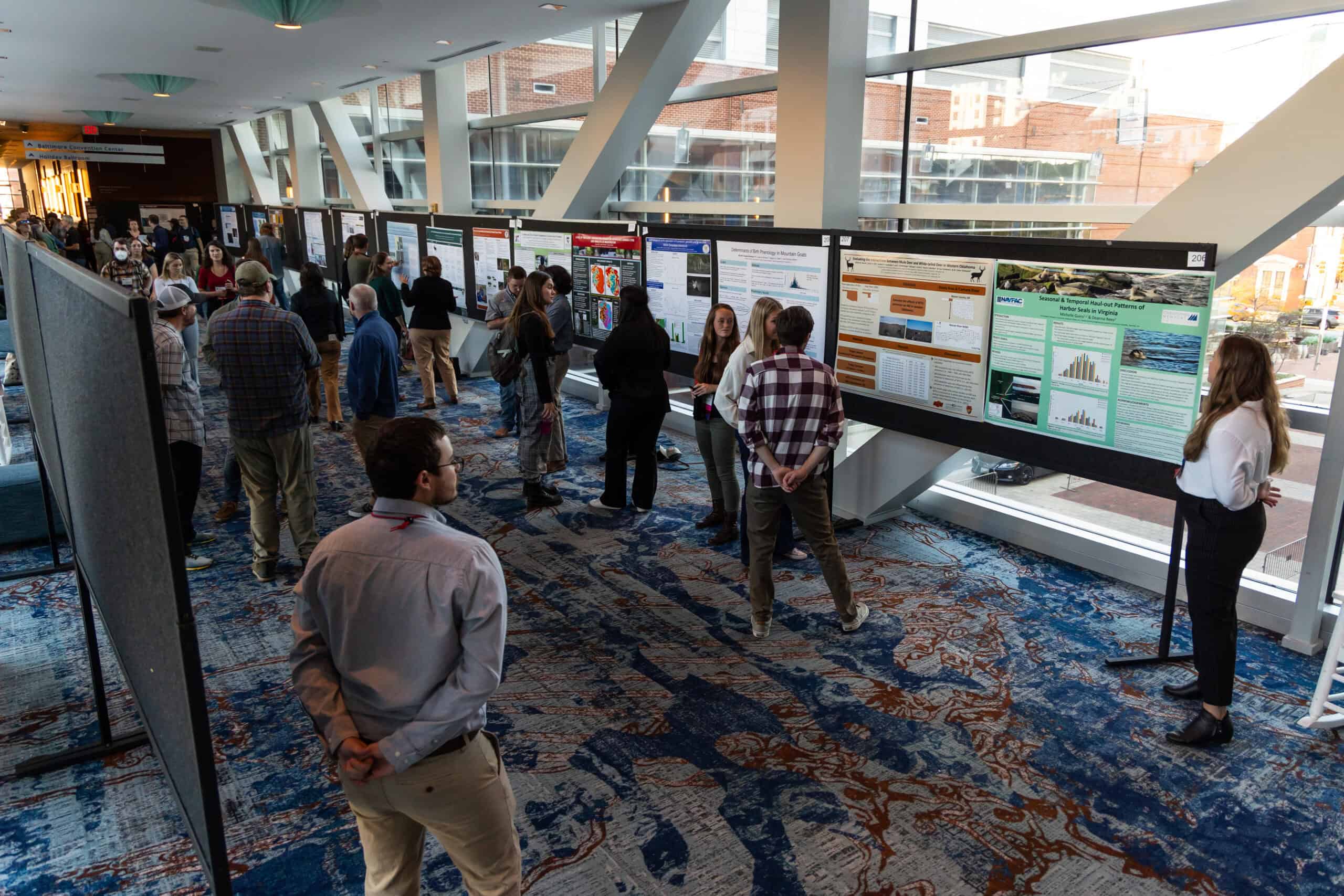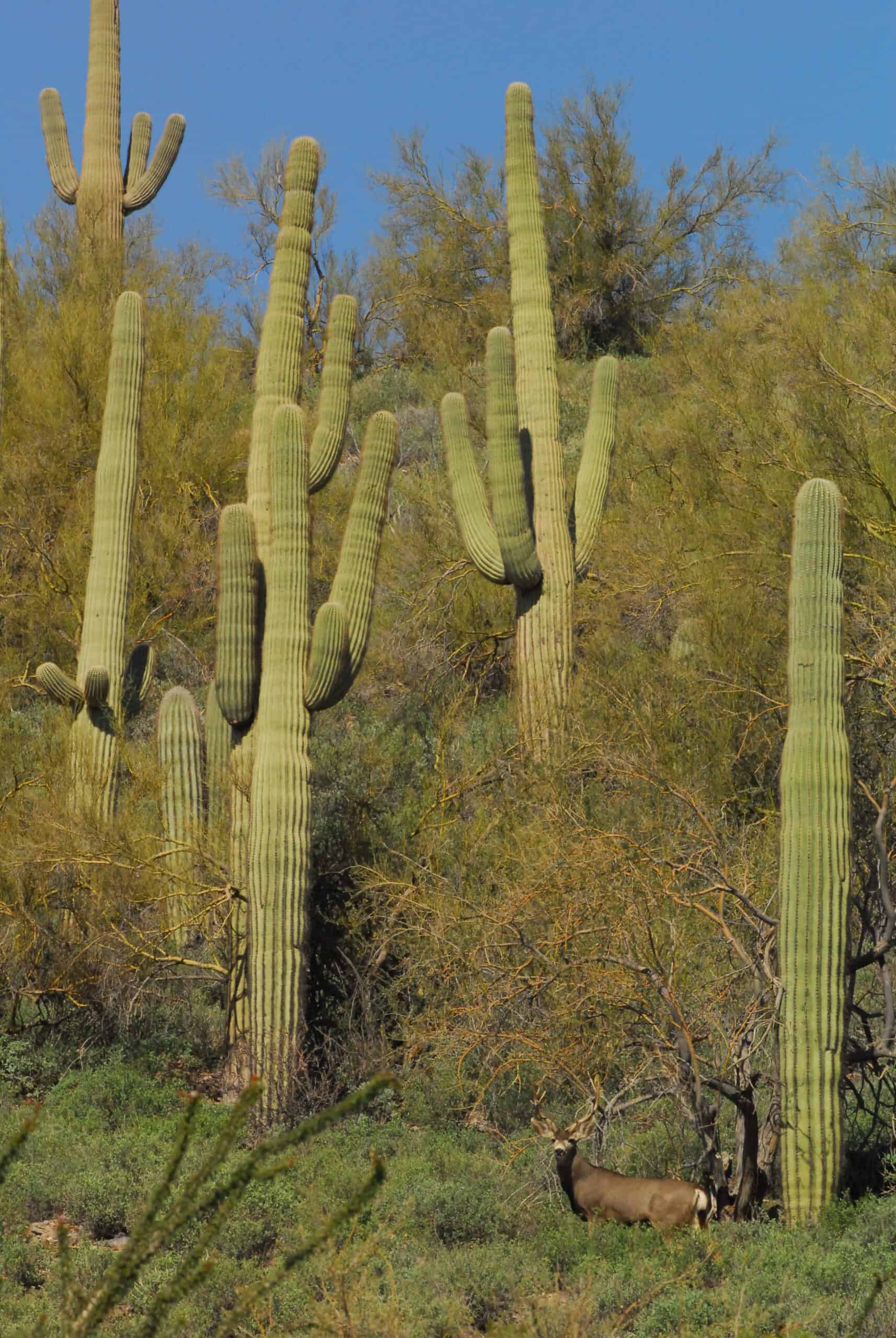Share this article
TWS Issue Statement: Baiting and Supplemental Feeding of Game Wildlife Species
Back to Position Statements page
Humans have baited wildlife species since the early history of human/wildlife interactions and human dependence on wildlife. The purpose was to attract wildlife to a specific location where the likelihood of capture or harvest was enhanced, a practice that continues among some hunters and trappers today. From the infancy of wildlife restoration efforts in North America to the present, baiting and supplemental feeding have been useful management tools to capture live wildlife, including threatened and endangered species, for restoration or reintroduction; for monitoring population trends; and other research and management programs. However, pioneers in wildlife management including Leopold in 1933 and Allen in 1954 understood clearly the need for careful regulation of public baiting and feeding.
Today, there is significant controversy within the wildlife profession as well as among the public over the real and perceived positive and negative impacts of baiting and supplemental feeding, and the scale on which these practices are used. Further complicating the issues are the many differences in state and provincial regulations on public baiting and feeding of various game wildlife species. State and provincial wildlife agencies charged with the public trust of wildlife management must face complex biological, social, economic, and political issues. Adding to the debate are public interest groups and conservation organizations pursuing ballot initiatives and legislative changes and manufacturers and vendors of feed and feed dispensers who bring economic pressures to bear in lobbying state legislators.
Baiting, as used herein, is defined as the act of intentionally placing food, or nutrient substances to manipulate the behavior of wild species for the purpose of:
- Attracting wildlife to a specific location to enhance hunter harvest, trapping, or viewing opportunities;
- Capture and/or treatment of animals for control of infectious and non-infectious diseases and vectors;
- Reducing or controlling overabundant native or exotic wildlife populations, invasive species, or problem wildlife that pose a threat to human health or safety, domestic animals, or private property;
- Capturing wildlife for relocation or population augmentation and restoration; and,
- Capturing wildlife for implementation of research and management programs.
Supplemental feeding, as used herein, is defined as the act of intentionally placing any food for use by wildlife on an annual, seasonal, or emergency basis with the intent of:
- Providing additional food sources to wildlife in emergency situations when natural foods become unavailable or severely restricted due to natural or human-induced perturbations (e.g. periods of severe drought, winters, or wildfire);
- Attracting or luring wildlife to alternate locations to reduce damage to agricultural crops, livestock, and timber stands, or to reduce threats to human health and safety;
- Artificially attracting or concentrating wildlife to enhance recreational opportunities (e.g. hunter harvest, wildlife viewing, photography); and,
- Attempting to improve the condition of individual animals such as body mass, growth rates, antler size, or population performance such as survival, fecundity, restoration, and growth.
Provision of wildlife openings or food plots planted consistent with accepted local/regional agricultural guidelines is not considered baiting or supplemental feeding in this position statement.
A review of the relevant literature indicates that public baiting and/or feeding of game species may create a variety of potential management concerns, including:
a) Concentrating wildlife at greater than natural densities;
b) Increasing direct and indirect contact among wildlife species;
c) Increasing wildlife habituation to humans, and detracting from wild behavior;
d) Increasing the likelihood of disease transmission within and among species, and maintaining endemic disease reservoirs;
e) Reducing home range size, increasing fecundity, and affecting carrying capacity;
f) Causing significant habitat damage in areas of baiting and feeding sites;
g) Significantly affecting populations of non-target wildlife species;
h) Increasing intra-and inter-specific competition and stress among and within target and non-target wildlife populations;
i) Redirecting attention, resources, and effort away from wildlife habitat management on private and public lands and often forcing management agencies to divert resources from habitat and population management to address disease outbreaks, eradication efforts, and related monitoring of affected populations.
Regional differences in game species management needs and traditional hunting and trapping practices preclude development of a uniform baiting and supplemental feeding policy for adoption by all federal, state, and provincial wildlife management agencies in North America. For example, in some areas throughout North America, small-scale baiting is thought by some to be critical to hunter and trapper success as well as achieving harvest goals of some wildlife management agencies.
However, because public baiting and feeding of game is often detrimental to wildlife resources, the practices merit careful examination of the short and long-term biological, social, and economic impacts that such activities have on wildlife resources and people in North America. The future of wildlife management within North America depends on wild places to naturally support diverse, healthy, and sustainable populations of wildlife compatible with human interests and desires. Public policies that allow or promote baiting and supplemental feeding by the general public may convey the erroneous concept that such practices are suitable replacements for adequate habitat and scientific management of wildlife. A public that associates illegal baiting and/or supplemental feeding with stewardship may be unprepared to understand and act on the real and substantive threats to wildlife sustainability.
The policy of The Wildlife Society in regard to baiting and supplemental feeding of game wildlife species is to:
- Encourage fish and wildlife agencies to develop education modules to inform and educate the public, professional natural resource managers, administrators, and policy-makers about the potential consequences of baiting and supplemental feeding of game wildlife species.
- Encourage federal, state, and academic institutions to expand and intensify investigation and monitoring of the full spectrum of all wildlife species affected by baiting and supplemental feeding.
- Where appropriate, encourage that existing public baiting and feeding practices be replaced by habitat conservation and population management practices to improve food resources and habitat productivity for native wildlife populations.
- Encourage studies to determine actual spread of pathogens among domestic and wild migratory and upland game birds that are baited or fed in common areas.
- Encourage efforts to examine the physiological impacts on bears and other wildlife commonly using bait and supplemental feed sites intended for ungulates, and investigate the increased potential for disease transmission between and among bears, ungulates, and other wildlife species at these sites.
- Encourage the Association of Fish and Wildlife Agencies and all federal, state, and provincial fish and wildlife agencies to cooperate in reviewing and revising their baiting and feeding policies to ensure that they address all costs and benefits to wildlife conservation.
- Encourage research regarding the impacts of baiting and supplemental feeding on game species home range size, fecundity, behavior, habituation to people, harvest, and disease transmission in all affected species.
- Renew and expand educational efforts to emphasize the importance of habitat conservation and management as the primary conservation approach for wildlife species, biological diversity, and habitats.
- Advocate for strengthened authority to be granted to federal, state, and provincial fish and wildlife agencies to regulate supplemental feeding and baiting.
- Encourage fish and wildlife agencies, wherever possible, to phase-out supplemental feeding of wild ungulate populations, both in-house and by the general public, and to manage populations at levels that are compatible with the long-term carrying capacity of the habitat.
The Wildlife Society’s Position Statement on Hunting encourages “decision makers to weigh the biological, societal, cultural and economic considerations when making decisions on hunting and the welfare of wildlife.”
Baiting and Supplemental Feeding of Game Wildlife Species Issue Statement pdf








